
Indian Finance Minister Arun Jaitley announced that the budget was increased to 2.74 trillion Indian rupees — excluding pensions compared to previous fiscal year’s (2016-17) budget of INR 2.49tr.
The allocation is about 12.78 per cent of the total government expenditure, which is 21.47 trillion rupees.
This is the second consecutive increase of over 10 per cent in the defence budget, other Indian newspapers quoted experts as saying. The Times of India stated that the increase would be necessary to deal with inflation and the ongoing modernisation drive in military hardware.
However, without the pension component, the increase in the budget amounts to approximately 5.8 per cent over the previous fiscal year.
Delivering his fourth budget address to parliament, Jaitley vowed to spend more on rural areas, infrastructure and poverty alleviation in what he called a budget for the poor.
Yet he also said the government would pursue prudent fiscal management to preserve India’s economic stability. “We are seen as an engine of global growth,” Jaitley said in his opening remarks. But he cautioned that the prospect of US interest rate hikes, rising oil prices and signs that globalisation is in retreat could adversely affect India.
Prime Minister Narendra Modi’s surprise decision last November to scrap high-value banknotes worth 86 per cent of India’s cash in circulation has hit consumer demand, disrupted supply chains and hurt capital investments.
The worst of the cash crunch is now over, however, and Jaitley said he expected it would not have spillover into the fiscal year starting on April 1.
A private manufacturing survey on Wednesday showed business was slowly returning to normal.
Still, the finance ministry forecasts that growth could dip to as low as 6.5 per cent in the current fiscal year to March, before picking up slightly in the coming fiscal year to between 6.75 and 7.5 per cent.
That is below the target rate of 8 per cent or more that Modi needs to create enough jobs for the 1 million young Indians who enter the workforce in India each year.
Half the population in the nation of 1.3 billion is below the age of 25.
While opinions vary on how long the disruptions caused by Modi’s crackdown on untaxed and illicit wealth will last, there is near unanimity among economists that Asia’s third-largest economy needs a helping hand.
Arvind Subramanian, Jaitley’s chief economic adviser, on Tuesday advocated slashing personal income tax and accelerating cuts in corporate tax rates. He cautioned, however, against pursuing debt-fuelled fiscal expansion.
Economists are pencilling in a federal fiscal deficit of 3.3 per cent of GDP for 2017/18. That would be higher than the 3 per cent pledged earlier but lower than 3.5 per cent that the government has budgeted for the year soon to end.
The rollout of a nationwide Goods and Services Tax (GST), expected in July after years of delays, and could also weigh on economic growth.
Countries that have introduced GST in the past have often faced a relative economic slowdown before the benefits of a unified tax regime feed through. (WITH ADDITIONAL INPUT BY REUTERS)
Published in The Express Tribune, February 2nd, 2017.
1737528702-0/fizza-(73)1737528702-0-405x300.webp)

1737527082-1/sydney-(1)1737527082-1-165x106.webp)





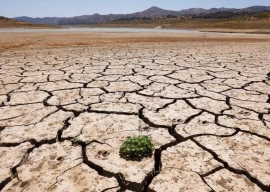
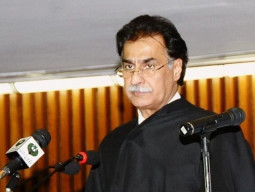


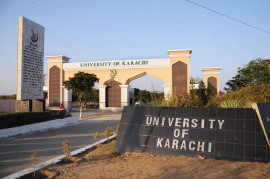
1737452260-0/Gaddafi-stadium-(2)1737452260-0-270x192.webp)

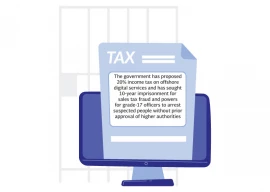

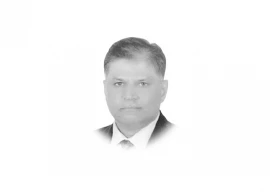


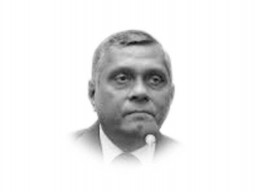


COMMENTS
Comments are moderated and generally will be posted if they are on-topic and not abusive.
For more information, please see our Comments FAQ